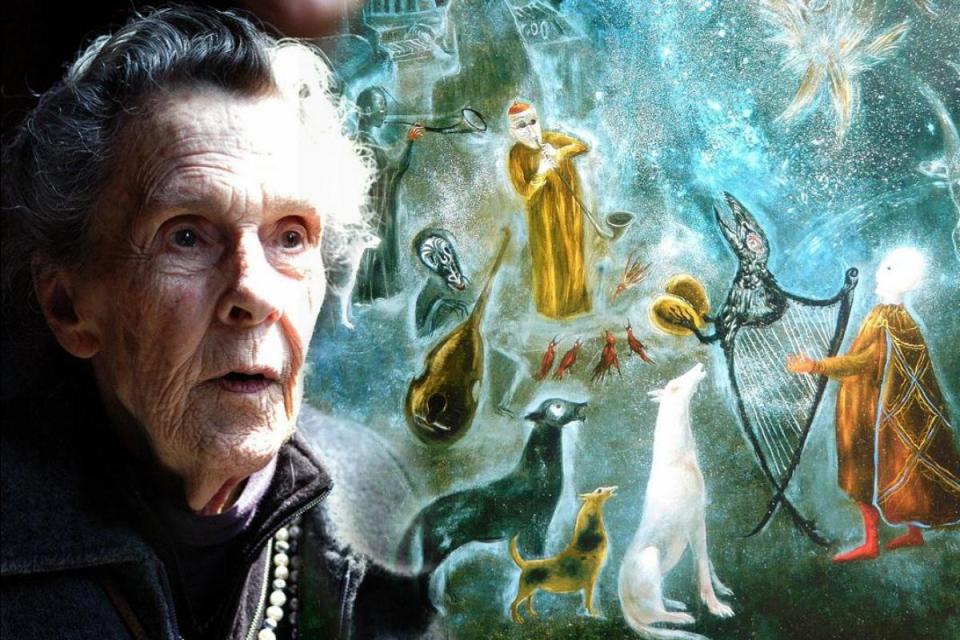'Masterpiece' by Lancashire artist sells at auction for record £22 million

A "masterpiece" painting by Lancashire-born artist Leonora Carrington has sold for more than £22 million at auction.
Sotheby’s has said the sale of Carrington’s Les Distractions de Dagobert means she is the most valuable British-born female artist at auction.
The work was bought for 28.5 million US dollars (£22.48 million) after a ten-minute bidding battle – which Sotheby’s said exceeded Carrington’s previous record of $3.3m (£2.6m) , set in the auction house in 2022.
An estimate had been placed on the work of between $12m and $18m, with the final price exceeding expectations.
Carrington was born in Clayton-le-Woods on April 6, 1917, and later lived in Mexico alongside other female surrealists including the iconic Frida Kahlo and Remedios Varo.
Les Distractions de Dagobert, described by Sotheby's as a "breath-taking rhapsody of layered allusions and astounding formal complexity, is such a masterwork, and takes its place in the canon alongside paintings we know by title alone as one of the greatest paintings in history", was painted by Carrington when she was 28.
She died in 2011 at the age of 94 in Mexico City.
The painting has been acquired by Argentine businessman Eduardo F Costantini, founder of the Museum of Latin American Art of Buenos Aires, at the sale at Sotheby’s modern auction in New York.
Mr Costantini, 77, who has an estimated net worth of $1.5 billion, said: “An iconic painting, Les Distractions de Dagobert is one the most admired works in the history of surrealism and an unparalleled masterpiece of Latin American art.
“I was the underbidder when she reached the artist’s record 30 years ago and tonight once again, we made a new auction record.
“This masterpiece will be part of a collection where, amongst others, two important works by Remedios Varo and another record-breaking Frida Kahlo are also found.”
Painted two years after Carrington’s arrival in Mexico in 1945, the psychedelic scenes are inspired by the life of Frankish ruler Dagobert, who lived in the seventh century.
It shows a variety of moments including extinct volcanoes, a lake of fire engulfing an inverted idol and a watery world where a giant with a double animal head holds a human-faced puffer fish.

 Yahoo Sport
Yahoo Sport 






































